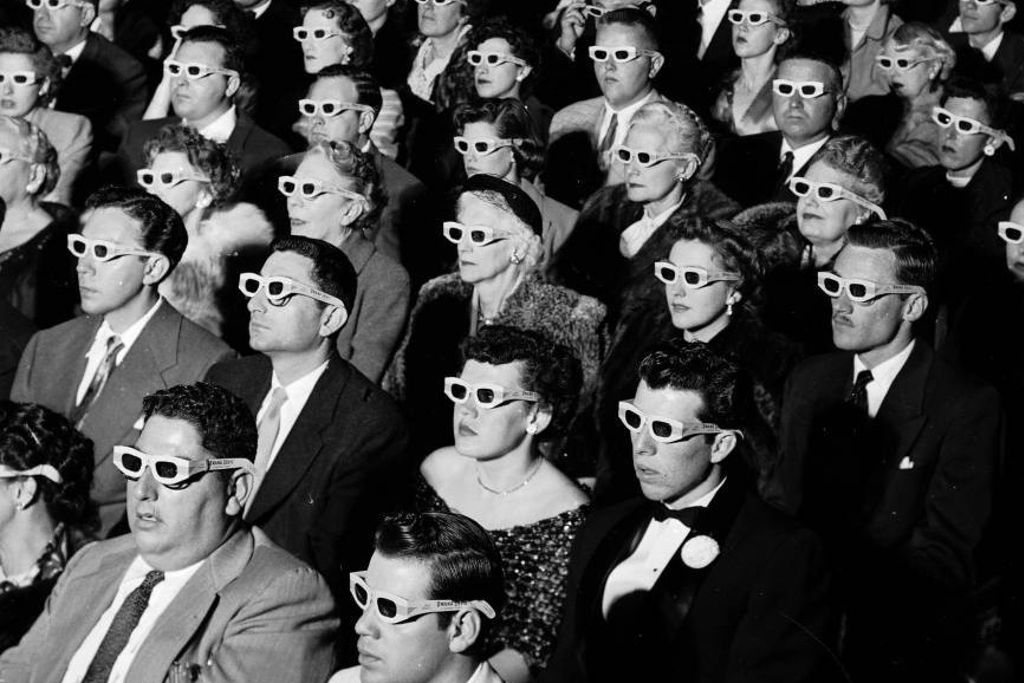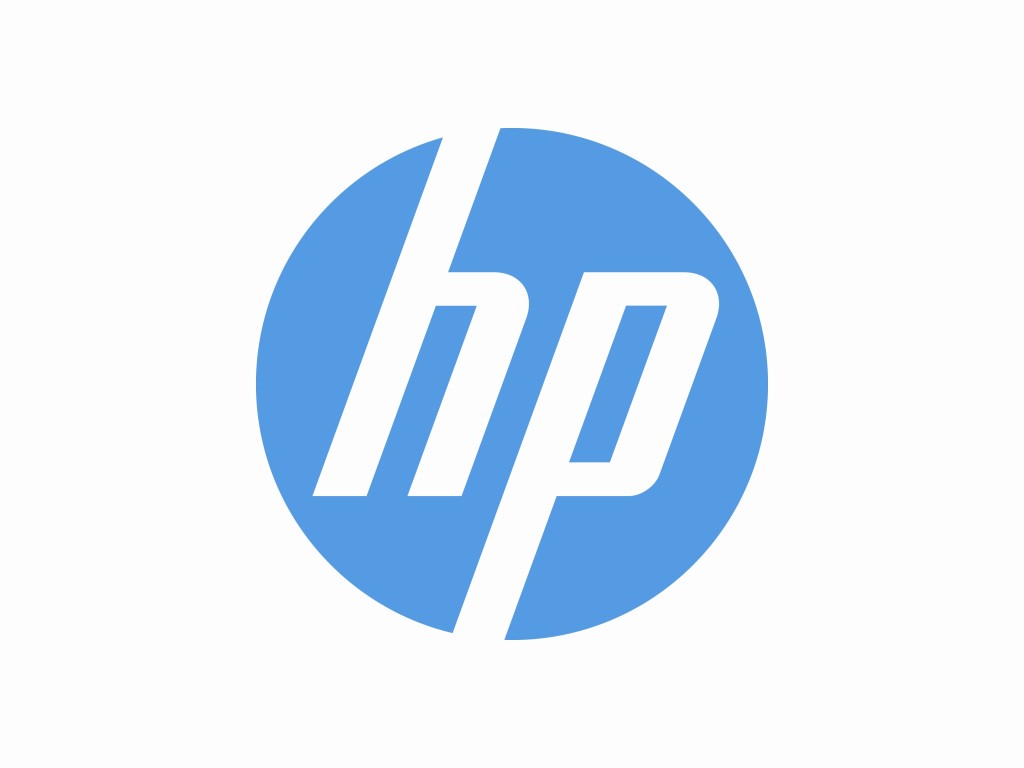How Changing Technology Is Sparking A Revolution In The Way We Make, Watch And Buy Movies
From drones to filming on iPhones to virtual reality, technology is taking filmmaking to places it's never been before.


Brought to you by HP
We’re partnering with the HP Future Filmmakers competition to take a look at the winners and their stories, and topics that matter to aspiring filmmakers and movie fans.
–
Digital filmmaking has taken off to such an enormous degree that the ability to make a movie isn’t confined to professional directors and Hollywood studios anymore. But while digital filmmaking has been the industry talking point of the last few years, it’s not just these classic tools that are changing. The business of making movies is expanding and flattening out, in no small part due to an explosion in technological advances making filmmaking cheaper, more accessible and more possible for the layperson than it has ever been — and it’s happening faster and faster. From camera drones to shooting movies with smartphones to virtual reality, it can sometimes feel more like we’re living in the Terminator franchise than reality.
Here are the most innovative, fascinating and surprising examples of this brave new filmmaking landscape.
–
No Borders
American indie Tangerine (2015) has found acclaim for its high-quality visuals despite being filmed on an iPhone 5s using anamorphic lens adaptors and the FiLMiC Pro app. The incredible documentary Syria Self-Portrait (2014) was pasted together from 1001 YouTube videos taken by locals, compiled by a director working in forced exile. Oscar-winner Citizenfour (2014) was made using encrypting software so as to not tip off the American government to their activities.
And now, once you’ve made a film there’s truly no stopping you getting their film out there thanks to the use of digital streaming and cloud-based servers. No more smuggling films out of the country hidden inside cakes! Cloud servers are already being used in Europe to simplify film distribution, further cutting out the middleman for studios and cinematic exhibitors, while allowing for speedier and more reliable post-production methods.
–
Cinemas? I Hardly Knew Them
While Australia has been slow on the uptake of Video-on-Demand (VOD) services, filmmakers are now turning to the field in droves. Fell (2014) was one of the first to utilise it, offering the film for sale to viewers across Australia following its Sydney Film Festival premiere, while the Angus Sampson comedy The Mule (2014) was released straight-to-iTunes in a watershed moment for the industry.
We just saw the global digital release (including Foxtel-on-Demand, iTunes, FetchTV and more) of sci-fi action flick Infini (2015) starring Daniel McPherson and Luke Hemsworth (which reached the top 5 of iTunes’ movie chart), and self-funded queer musical Super Awesome! (2015) from local filmmakers Guy Edmonds and Matt Zeremes will play later this year on VOD platforms following its international festival premiere. It’s only inevitable that as these services expand more independent filmmakers use it to their advantage, bypassing costly and ineffective cinema releases.
–
Acquiring Netflix
Much less high profile but no less significant than Netflix’s entry into television production has been their film acquisitions, beginning successfully with Jehane Noujaim’s astonishing The Square (2013), which went on to win three Emmys and was nominated for an Academy Award, and continuing with the poaching doco Virunga (2014), another Oscar nominee.
This is one potential platform for distribution that is expanding before our eyes, allowing titles with limited commercial appear to be seen by more eyes than most films could ever dream of.
–
Storage Wars
Most movies aren’t made on film anymore and many major studios around the globe are getting rid of their 35mm collections, perceived as costly, cumbersome and out-of-date. While it’s a sad day for film enthusiasts, digital storage is an encouraging boon for independent filmmakers and industries. Not only can filmmakers have their films ready at the drop of a digital hat if needed by festivals or distributors, it has also helped preserved many classic films made on deteriorating film stock from vanishing; many have restored and made available to millions of people for the first time in generations.
Meanwhile, as shown in the documentaries Golden Slumbers (2010) and The Missing Picture (2010), entire countries like Cambodia are now able to maintain a library of films since the nation’s humidity made carefully climate-controlled film stock storage almost impossible.
–
Virtual Reality
The next frontier with filmmakers is virtual reality, with one industry commenter saying that “the leap from film to VR is even bigger than the leap from radio to film.” Not just something that will be relegated to Hollywood’s biggest blockbusters, this year’s Sundance Film Festival made sure of the medium’s relevance in more independent circles, too. Two projects to screen at the festival include one set on the streets of the Syrian revolution, wherein viewers find themselves in the midst of a missile attack, and another where the viewer is transported to the aftermath of the Chilean military coup of 1973.

The use of this technology on such important subject matter can only help to solidify its cultural legitimacy and hints at the possibilities for smalltime filmmakers alongside 3D, too, as the technology becomes more affordable and accessible.
–
Fast and Current
Documentary filmmakers routinely pick up cameras during a disaster and show the world. It’s far less common for narrative films, which usually require a lot more preparation and planning, to have the same luxury. For the filmmakers of Stand Clear of the Closing Doors (2013), a drama about a mentally handicapped child getting lost on the New York subway system, the advancing Hurricane Sandy that hit in 2012 proved inspiring and several sequences of the movie were filmed during the transport authority’s mandatory shut-down and along the storm-ravaged coastal regions. It’s just one example of the speedy turnaround filmmakers are now privy to thanks to compact and lightweight equipment. But please, do be careful out there.
–
Vote in HP’s Future Filmmakers competition, to help your favourite filmmaker win a cash grant — and come up with taglines for the finalists’ films in the #HPTagIt competition, and you could score great prizes too, including a $5,000 Flight Centre voucher. Head here to get involved (and for T&Cs).
–
Glenn Dunks is a freelance writer from Melbourne. He also works as an editor and a film festival programmer while tweeting too much@glenndunks.